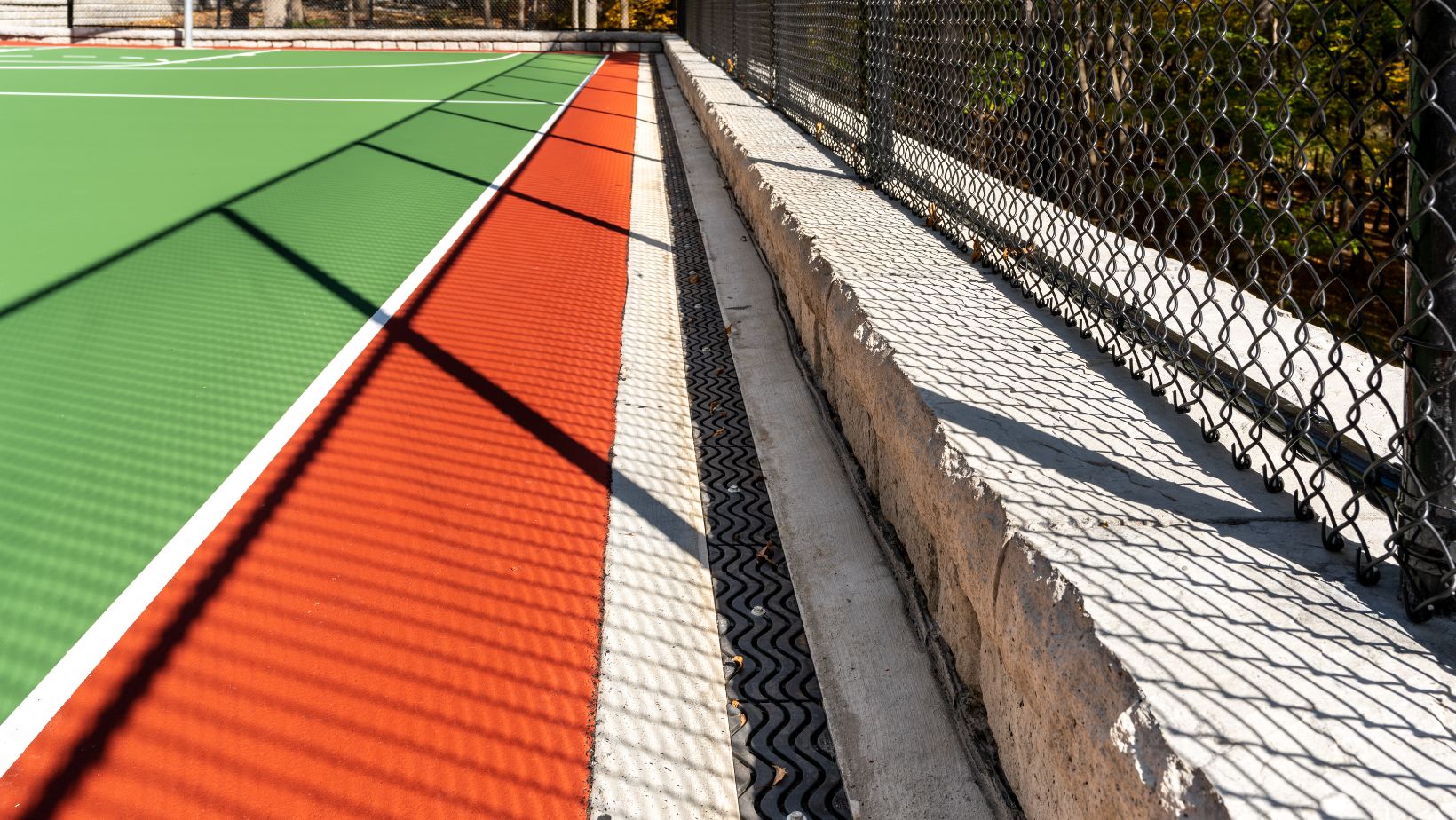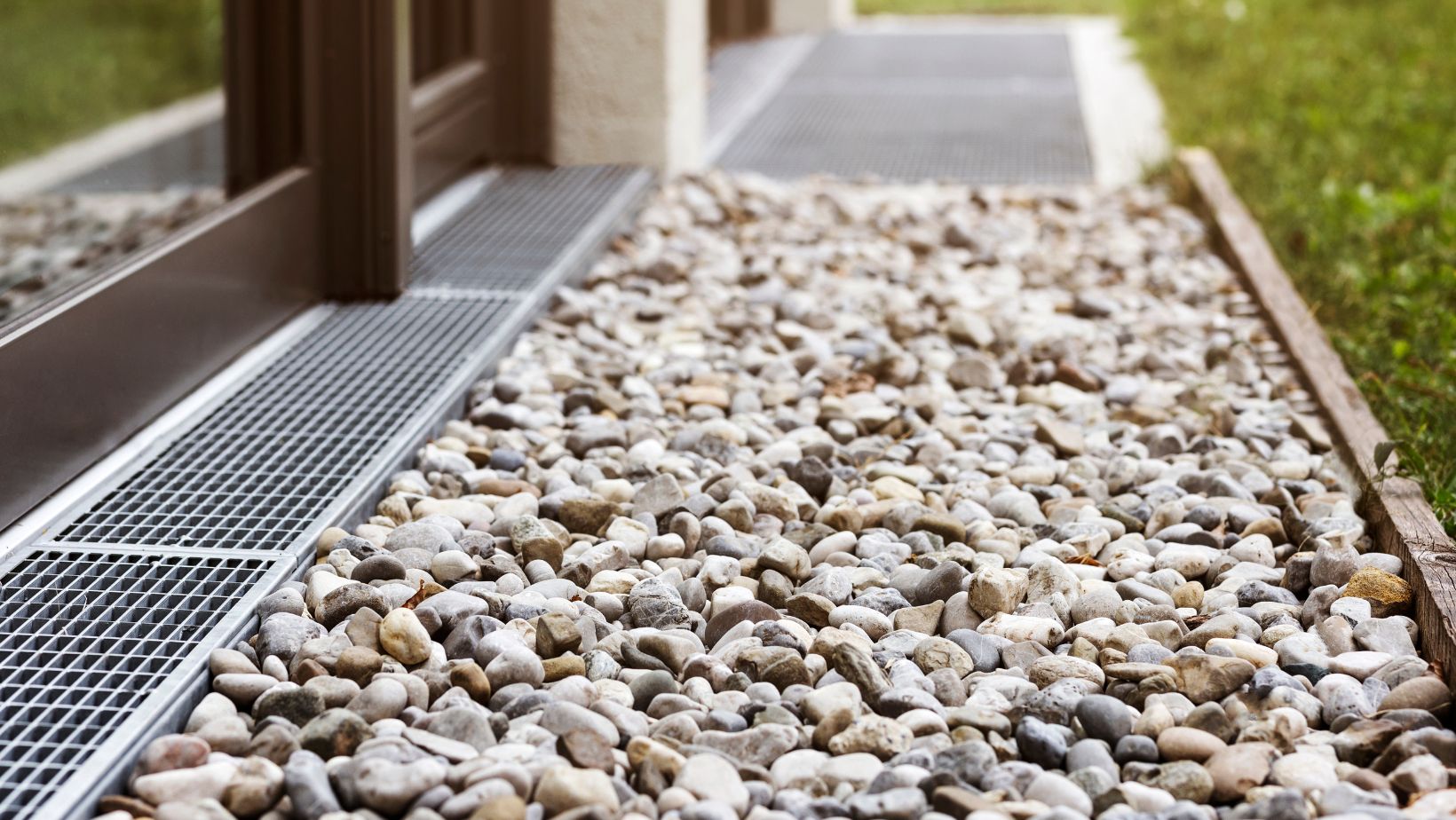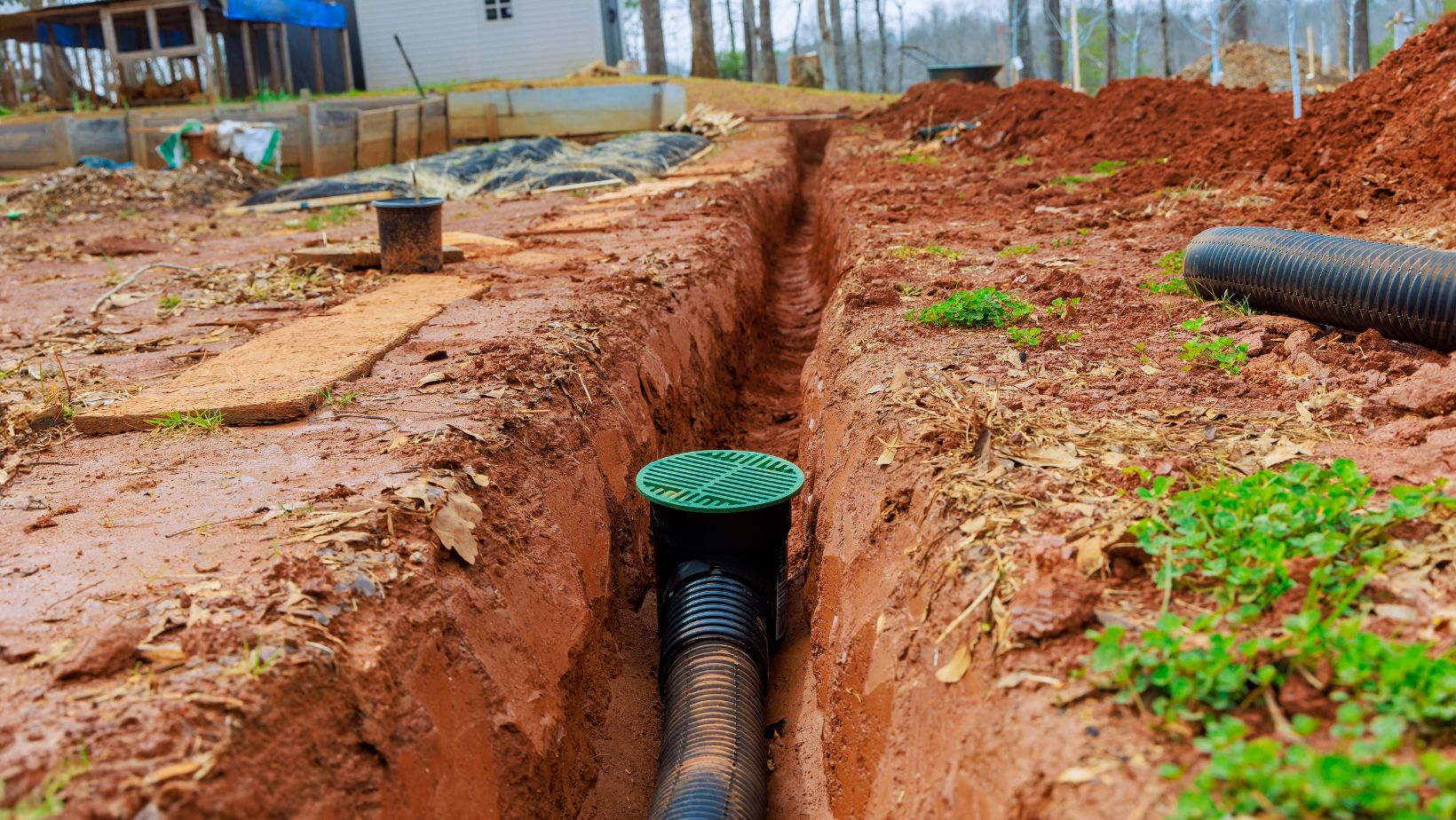
In the realm of modern infrastructure, drainage systems hold unparalleled significance. They are the unsung heroes in our architectural frameworks, ensuring both functionality and aesthetic appeal. The challenge of managing water effectively in bustling urban environments is formidable. That’s where trench drains come in, seamlessly blending with contemporary designs while providing robust solutions to water management issues.
With the rise of extensive commercial and public infrastructure projects, ULMA has positioned itself at the forefront of innovation with the trench drains of ULMA. Designed to accommodate high-capacity needs, ULMA offers drainage solutions that far surpass traditional methods. Through this article, we explore why ULMA trench drains are reshaping modern infrastructure, focusing on their unique material composition, functional design, and real-world applications.
Introduction to modern infrastructure and the role of trench drains
Drainage systems are indispensable in today’s infrastructure projects, playing dual roles in functionality and design. Without robust drainage solutions, cities risk flooding, erosion, and structural instability, which can lead to economic setbacks and safety hazards. Trench drains, especially, cater to the complex needs of urban settings by offering efficient water management without compromising on aesthetics.
In contemporary architectural landscapes, trench drains integrate seamlessly into sidewalks, parking areas, and roadways, reflecting a shift towards multifunctional design. They not only channel water away from critical areas but also contribute to the sustainable development of environments by reducing surface water and preventing property damage. In this context, ULMA trench drains have emerged as pivotal components in both infrastructure development and environmental conservation.
Why ULMA trench drains stand out
ULMA trench drains are not your typical water management solution. What makes ULMA standout is its focus on high-capacity drainage tailored specifically for large-scale projects. Designed for extensive commercial and public infrastructures, these trench drains cater to projects that require handling substantial water volumes, ensuring rapid and efficient drainage performance.
ULMA is known for its commitment to quality and innovation. Its trench drain systems offer a blend of technological advancement and practical solutions, emphasizing durability and ease of maintenance. This makes ULMA a preferred choice among architects and engineers who aim for sustainability without compromising on performance.
The superior material choice: Polymer concrete
At the heart of ULMA’s trench drain systems is an exceptional material— polymer concrete. This cutting-edge material choice offers numerous advantages that include ease of installation, modularity, and remarkable resistance to heavy loads. Unlike its traditional counterparts, polymer concrete doesn’t degrade under extreme conditions, making it ideal for enduring the rigors of urban life.
Polymer concrete is composed of resin binders and aggregates, resulting in a material that boasts exceptional strength and water resistance. This inherent resilience simplifies the installation process, while its modular construction allows for adaptability in various settings. As a result, ULMA’s trench drains are not only efficient but also equipped to handle the pressures of bustling city life with minimal maintenance.
What makes polymer concrete ideal for urban settings?
Polymer concrete is becoming the material of choice for urban infrastructure, and for good reason. Its robust properties ensure that it can withstand both mechanical and chemical stressors, making it suitable for diverse urban environments. The durability of polymer concrete extends the lifespan of drainage systems, reducing the need for replacement and repair. This longevity is crucial for urban areas where continuous operation is necessary. By providing both strength and flexibility, polymer concrete supports the development of sustainable urban landscapes.
Functional excellence of ULMA trench drains
ULMA trench drains are designed for efficiency, expertly handling large volumes of water and mitigating urban flooding. They are crafted to provide optimal water flow, ensuring quick drainage and preventing accumulation on surfaces. This functionality not only protects infrastructure but also boosts safety by reducing water-related hazards.
Another key feature of ULMA’s trench drains is their ability to handle extreme weather conditions. Whether it’s a sudden downpour or persistent rainfall, ULMA systems maintain their performance standards, highlighting their reliability under pressure.
Built-in slope and hydraulic efficiency
One of the noteworthy design elements of ULMA trench drains is their built-in slope. This gradient is crucial for enhancing water management, facilitating a more efficient and organized flow of water. The slope’s design ensures that water is swiftly channeled into drainage lines, minimizing standing water risks.
ULMA’s expertise in engineering has led to this innovative design, which increases hydraulic efficiency. By maximizing the natural gradient, ULMA trench drains help in reducing the energy requirement for water displacement, making them not only effective but also energy efficient.
How does the slope design improve drainage efficiency?
The technical aspects of ULMA’s slope design are what set it apart in drainage efficiency. The slight inclination enables gravitational flow, reducing dependency on mechanical pumps and lowering energy consumption. This natural flow is smoother and faster, expediting the water management process.
Moreover, this slope design mitigates accumulation and potential blockages, ensuring uninterrupted water passage. This enhances the lifespan of the drainage infrastructure, proving especially beneficial in high-capacity areas like commercial zones and public spaces.
ULMA’s impact on sustainable development
ULMA trench drains are more than just drainage solutions; they are instrumental in promoting sustainable urban development. By prioritizing efficient water management, ULMA contributes to healthier ecosystems and greener cities. Effective drainage systems prevent soil erosion, minimize waterlogging, and safeguard natural habitats, maintaining ecological balance.
Through their sustainable design and construction, ULMA products embody a commitment to reducing carbon footprints and enhancing the longevity of built environments. This sustainable approach extends to the manufacturing process, where ULMA employs eco-friendly practices to limit environmental impact.
The environmental benefits of using ULMA systems
ULMA’s dedication to sustainability is evident in its drainage systems, which provide several environmental benefits. By managing stormwater efficiently, they reduce the risk of flooding, leading to lessened water damage and lower clean-up efforts. This not only helps in conserving local environments but also contributes to resource preservation.
The long lifespan of ULMA trench drains means less frequent replacements, which translates to reduced raw material usage and waste generation. This lifecycle efficiency is at the core of ULMA’s sustainable ethos, supporting efforts towards a circular economy.
How do ULMA trench drains contribute to sustainability?
ULMA trench drains contribute to sustainability by maintaining the ecological balance and reducing the environmental footprint of urban landscapes. Efficient water management strategies ensure that excessive stormwater is rerouted to avoid soil erosion and habitat disruption. By lessening the impact on natural resources, ULMA plays a critical role in fostering resilient and sustainable urban environments.
Additionally, ULMA’s systems enhance urban living conditions by improving water quality and reducing health hazards associated with stagnant water. This underscores the fundamental role of drainage systems in shaping sustainable and liveable cities.
Economic and social advantages
Beyond environmental benefits, ULMA trench drains offer tangible economic and social advantages. Their efficient design results in reduced maintenance costs and extends the lifespan of infrastructures. By lowering the frequency of repairs and replacements, ULMA systems contribute to significant cost savings.
On the social front, effective drainage solutions enhance urban safety and quality of life. They mitigate flood risks, prevent water stagnation, and ensure that urban spaces remain secure and accessible for the community. In this regard, ULMA contributes to creating and sustaining livable cities that prioritize the well-being of their inhabitants.
Long-term cost savings and infrastructure resilience
ULMA trench drains enhance infrastructure resilience by providing durable and reliable drainage solutions. Their robust construction means they can withstand harsh urban conditions, reducing the need for costly maintenance and replacements. Over time, this resilience translates to considerable savings for municipal bodies and developers.
Furthermore, by ensuring consistent and efficient water management, ULMA systems protect infrastructure investments from water-related damages. This long-term financial benefit underscores why ULMA is increasingly favored in major infrastructure projects.
What social benefits arise from effective drainage systems?
Effective drainage systems like those by ULMA significantly bolster public safety and improve urban life quality. By reducing the risk of flooding and waterlogging, they protect citizens from associated hazards. Safe and dry public spaces enhance mobility, access to amenities, and overall urban enjoyment.
Additionally, efficient water management decreases the likelihood of disease outbreaks from stagnant water, contributing to healthier city living. Such social gains are pivotal in urban planning, making ULMA trench drains integral to community welfare and urban development.
Practical examples from the United States
The growing preference for ULMA trench drains is exemplified in several notable projects across the United States. Their application across various sectors, from commercial centers to public infrastructure, highlights their versatility and efficiency. Architects and developers increasingly opt for ULMA due to its proven track record in high-demand settings.
ULMA’s impact in the U.S. underscores its global reach and adaptability to diverse climatic and topographical challenges. Each successful implementation contributes to its rising reputation as a reliable provider of advanced drainage solutions.
Real-world applications and lessons learned
Across the United States, ULMA trench drains have been successfully implemented in projects ranging from bustling commercial hubs to expansive public infrastructures. For instance, their application in large shopping centers has remedied previous drainage issues and enhanced customer safety and experience.
These real-world applications provide invaluable lessons on the importance of implementing durable and efficient drainage systems. They demonstrate how strategic planning and innovation can address traditional water management challenges, paving the way for safer and more sustainable urban developments.
Why are developers in the United States choosing ULMA?
The decision among U.S. developers to select ULMA trench drains is informed by a blend of practical benefits and exemplary performance. Their ease of integration into diverse projects, coupled with a proven capacity to effectively manage high water volumes, makes them a standout choice.
Moreover, the reduced need for maintenance and enhanced infrastructure resilience align with long-term development goals, thereby reinforcing ULMA’s position as a leader in modern drainage solutions. As cities continue to grow, the demand for efficient and reliable trench drains like those from ULMA is expected to rise, setting a new standard in urban water management.








